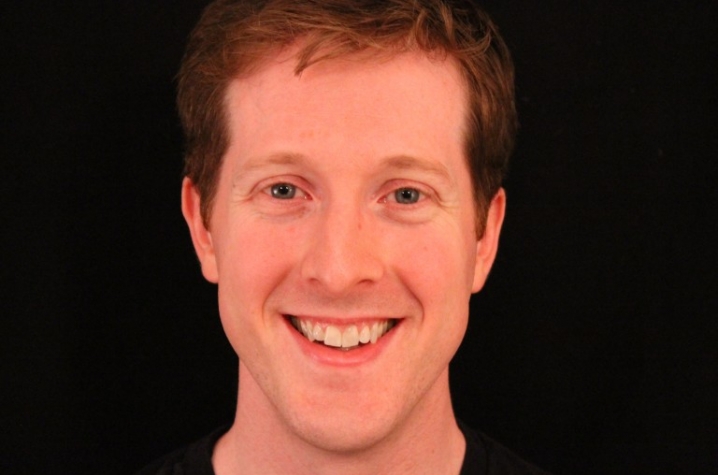Facial Expression Workshops Teach Doctors to Read Beyond Clinical Charts

LEXINGTON, Ky. (July 12, 2016) — Doctors visually process an abundance of information when consulting with patients in a clinical setting. They examine charts and electronic records, monitor physical symptoms, and observe signs of distress or abnormality in the body.
But as medicine becomes more patient-centered, doctors are also learning to read one of the most telling sources of information regarding a patient’s wellbeing — his or her facial expressions.
Dr. John Ragsdale, an assistant professor in the Department of Medicine in the University of Kentucky College of Medicine, and colleagues published a study in the journal Academic Medicine demonstrating the effectiveness of short workshops designed to train doctors to detect nonverbal signs of patient emotion. Ragsdale referenced the study, which was published earlier this year, and discussed the importance of making an “emotional diagnosis” along with a physical diagnosis in a recent blog he wrote for AMRounds. Ragsdale used an example of consulting with a patient’s family and returning to the patient’s room to address the emotional state of the patient’s family member.
“Emotions are clues that something is going on in the patient, that there’s a fear or there’s a concern they haven’t brought up yet,” Ragsdale said. “There’s something about a plan that’s not sitting well with them.”
In seeking ways to attune doctors to the emotions behind facial expressions, Ragsdale and colleagues tested the effectiveness of a 90-minute workshop in doctors and medical students at six health care venues throughout the United States. The training instructed participants to recognize signs of emotion and to interpret the nonverbal cues exhibited by their patients through a series of three visual exercises.
Previous research has suggested that a doctor’s sensitization to patient expression and emotion has a positive effect on patient satisfaction. The more than 150 medical students and faculty members who participated in Ragsdale’s study showed improvement in measures of skills, knowledge and confidence in observing expressions, and reported a greater appreciation for such skills in clinical practice.
Ragsdale’s research underscores the need to prepare doctors to detect a variety of nonverbal expressions that indicate an unspoken emotion, and more importantly view these instances as opportunities to address unmet needs or unanswered questions. These interactions can serve as moments of clarification and comfort during a time wrought with uncertainty and stress.
“When you recognize the emotion, it doesn’t tell you what to do with that,” Ragsdale said. “I find just acknowledging that emotion, and letting the patient respond, opens the door to more of that conversation.”
To read Ragsdale’s blog, click here.
MEDIA CONTACT: Elizabeth Adams, elizabethadams@uky.edu




